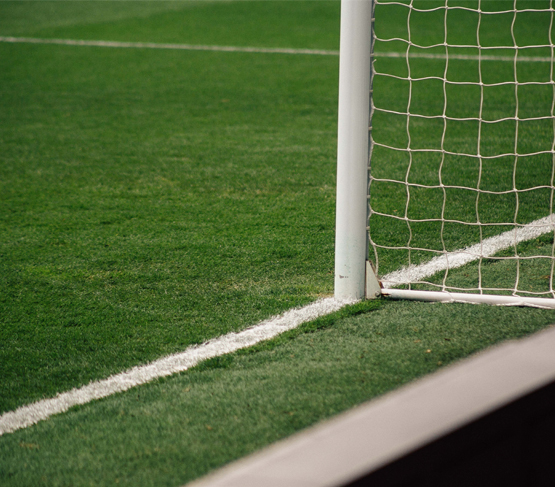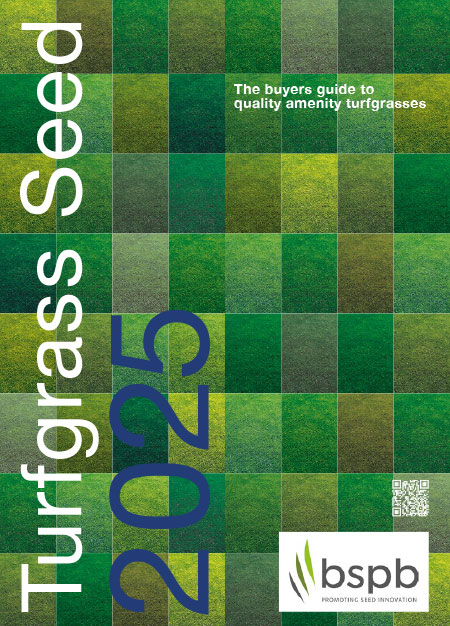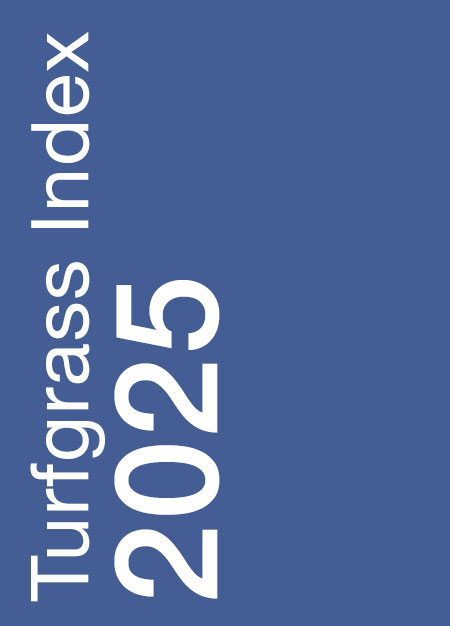The perennial ryegrass cultivars in Table S1 are ranked on the mean of live ground cover and visual merit during wear. These characteristics are important for sports pitches receiving intensive wear during winter, such as football and Rugby pitches.
Users should identify the particular properties that are important in their individual situations and choose cultivars that score well for those characteristics. In football and Rugby pitches for example, it may be better to choose a cultivar with reduced susceptibility to red thread, if this can be done without compromising too much on wear tolerance. Where good appearance is required before wear, or in low wear situations, good shoot density, fineness of leaf and cleanness of cut scores will be important.
In all wear situations regular over-seeding can have beneficial results. It is strongly advised that this forms part of the end of season renovation programme. Also the addition of new grasses through over-seeding during the playing season will help maintain ground cover.
Cultivars of smooth-stalked meadow-grasses are shown in order of their performance under football-type wear for inclusion in winter pitches (Table S2). Once established, smooth-stalked meadow-grass can be as hard wearing as perennial ryegrass and usually has better tolerance of close mowing.



